Small but mighty, the Yorkshire Terrier is a popular dog throughout the country, and for a good reason. Happy to sit on your lap and keep you company or participate in a vigorous game of chase, the Yorkshire Terrier is a versatile dog that is well suited to apartment life. Below, let’s look at some fun facts related to this feisty, energetic, and intelligent dog breed.
1. Rapunzel! Let Your Hair Down!

One of the most popular characteristics of the Yorkshire Terrier is the long, silky coat. Unlike other dogs, the Yorkshire Terrier’s coat will continue to grow if left uncut. In fact, the coat can grow to be up to two feet long! Proper grooming is necessary for Yorkshire Terriers to prevent the fur from becoming tangled and matted.
2. Furry Exterminator
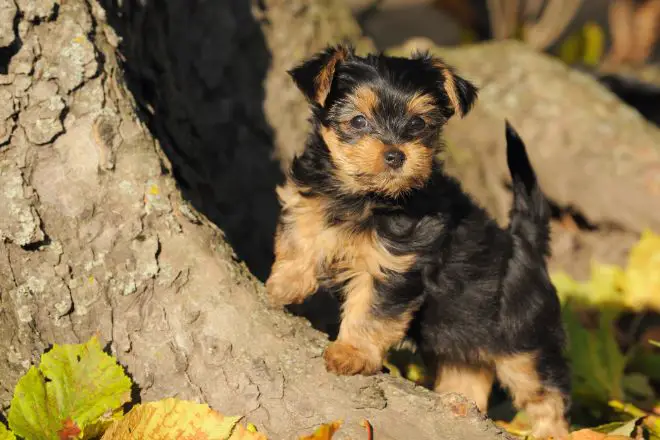
These tiny pups were originally bred as working dogs. The Yorkshire Terrier was bred to help workers in mines and weaving factories. The tiny terrier was small enough to fit in tight spaces, helping flush out and catch unwanted vermin. Although today the Yorkshire Terrier has a reputation for being a toy dog happily propped upon a lap, the dog is happy to work with the tenacious energy of a terrier.
3. Three’s Company!

The original Yorkshire Terrier breed was actually a result of selective breeding between three different dogs. One male and two female dogs were used to create the breed of dog we know today as the loving Yorkie. Many experts believe that the original dogs used to create the Yorkie were a Maltese and a Paisley Terrier.
4. Therapy Dog
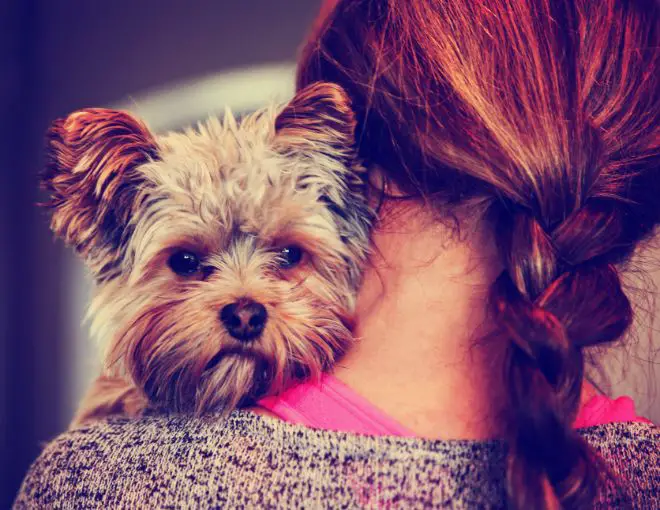
Not all therapy dogs have to be large breed working dogs! The first known therapy dog was named Smoky and worked with American soldiers in WWII. This tiny pup could fit into small ditches and tunnels, helping soldiers establish wired communication. Following the war, Smoky toured American bases and VA Hospitals, helping to visit soldiers and lift their spirits.
5. Long Life Expectancy

The tiny Yorkshire Terrier has a long life expectancy, making them relatively healthy and hardy dogs. On average, the Yorkshire Terrier lives between 11 and 15 years. The oldest Yorkshire Terrier was named Jack and lived to be 26 years of age, nearly a decade longer than the normal life expectancy of other Yorkies.
6. Widely Popular

The Yorkshire Terrier is a largely popular little dog, and for a good reason. This dog is long-lived, loving, and intelligent. The dog is well suited as a companion dog and is happy to live in a small apartment with minimal exercise. For this reason, the Yorkshire Terrier has currently ranked the sixth most popular breed of dog in the United States.
7. Father Ben

One Yorkshire Terrier is mainly responsible for the success and genetic line of Yorkshire dogs throughout the generations. Huddersfield Ben was an award-winning dog that won over 70 awards for ratting. He fathered several puppies and was largely considered the gold standard for the breed. Most Yorkshire Terriers that find themselves in the show ring today are distantly related to Huddersfield Ben.
8. Reduced Allergies

If you struggle with allergies, you may have luck adopting a Yorkshire Terrier. Although not a truly hypoallergenic dog, many owners report fewer allergic reactions to this breed. The Yorkshire Terrier coat is longer and rarely sheds, which can help eliminate allergy-inducing fur scattered throughout the house. This dog will still produce dander and saliva, which could still trigger an allergic reaction in people.
9. First Dog

A Yorkshire Terrier is a popular breed, and one has even resided in the White House. The daughter of President Nixon owned a Yorkshire Terrier named Pasha.
10. Tiny Record Holder
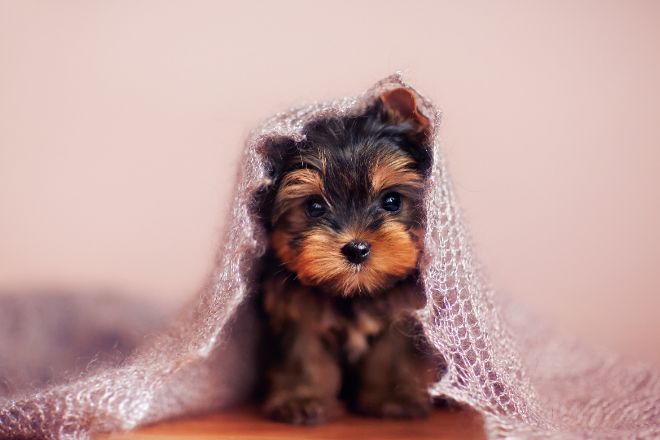
The Yorkshire Terrier holds the record as being the smallest dog in history. The small dog, named Sylvia, lived in England. She weighed just four ounces and measured 2.5 inches high by 3.5 inches long. The dog could reportedly fit inside your pocket!
11. Urinary Conditions
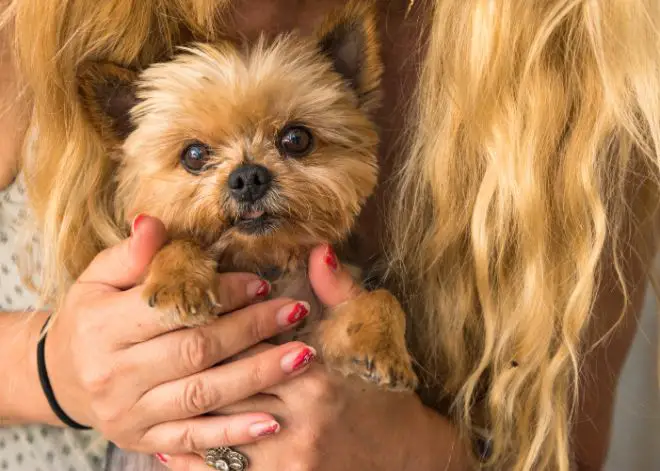
While this breed of dog is relatively healthy, they are predisposed to many health conditions. The Yorkshire Terrier is prone to urinary tract conditions, including kidney stones and bladder stones. If you adopt a Yorkshire Terrier, be sure to find a veterinarian experienced in working with this breed to be sure your pet is appropriately screened and treated quickly.
12. The Biewer Terrier

One very special little Yorkshire Terrier was born in 1984 with distinctive markings. Unlike other terriers, this particular pup had blue, white, and gold throughout his fur. With very selective breeding, this Yorkshire Terrier created an entirely new breed of dog called the Biewer Terrier. This breed was formally accepted and recognized by the American Kennel Club in 2014.
13. Hey! Who Goes There?

With all seven pounds of fight and fury, the Yorkshire Terrier can actually make an excellent guard dog. This little dog has a loud and piercing bark and is naturally wary of strangers approaching your home. The tiny dog can quickly alert you to unfriendly approaches from strangers.
14. One Standard Coat

While many dog breeds have acceptable coat colors and patterns in the show ring, the Yorkshire Terrier only has one standard and recognized coat color. A Yorkshire Terrier must have a tan coat with a blue saddle to be accepted by the American Kennel Club. A Yorkshire Terrier will usually develop its true coat colors after it turns three or four years of age.
15. Natural Beauty

Compared to other dogs with a dense and very furry coat, the Yorkshire Terrier has a long and luxurious coat of fur. The thickness and texture of their coat are often compared to human hair and have very similar properties.
16. Small But Mighty
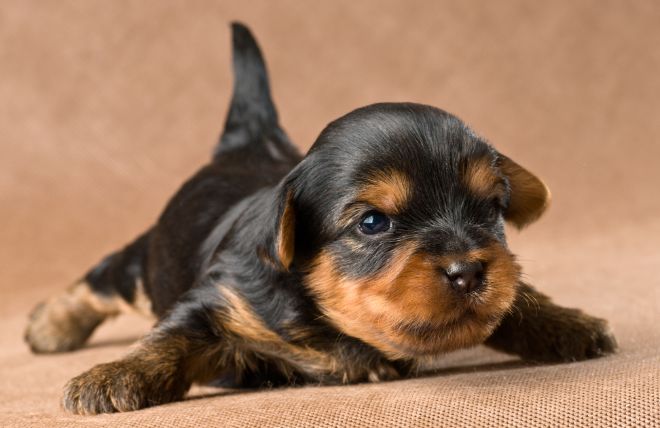
The average size of a Yorkshire Terrier is only seven pounds, but many Yorkies believe they weigh much more. This little dog has all the fight and determination of a full-sized terrier and has a courageous and loyal personality. Despite their small size, many Yorkshire Terriers have been reported defending their owners from potential threats.
17. American Arrival
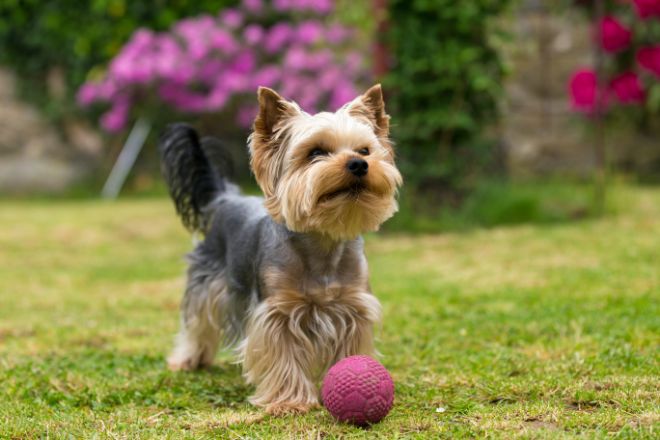
The first Yorkshire Terrier was brought to the United States in 1872, and the dog was an instant hit. The Yorkshire Terrier was quickly bred and popularized throughout the country, reaching its peak popularity in the early 1880s. The breed’s popularity dipped through the 1940s when larger dogs were the popular choice for a pet, but their popularity has boomed again since then.
18. Ideal Roommate
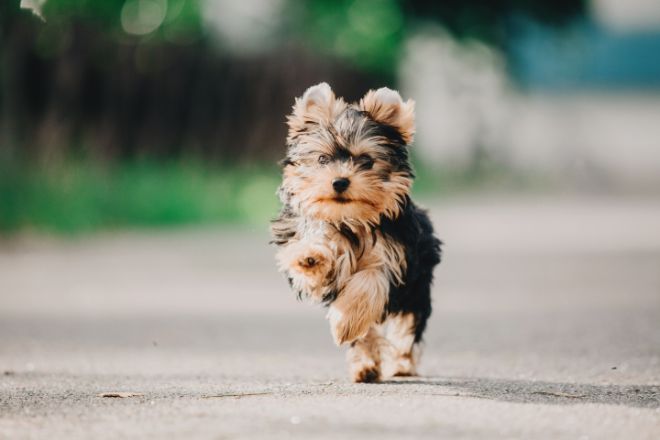
Because of their small size, the Yorkshire Terrier makes an excellent roommate if you live in a small home or apartment. The little terrier needs limited exercise and can be paper-trained. This little dog is happy to have 20 minutes of play per day and then happily keep you company sitting on your lap.
19. No Teacup Variety

Potential adopters will often find themselves faced with choosing between a traditional Yorkshire Terrier and the advertised “teacup” variety. In truth, there is only one breed of Yorkshire Terrier. Breeders that advertise a teacup variant are only selling a Yorkshire Terrier that has been purposely bred to remain small. Unfortunately, this selective breeding often introduces genetic conditions and diseases into the breed.
20. An Instant Sensation
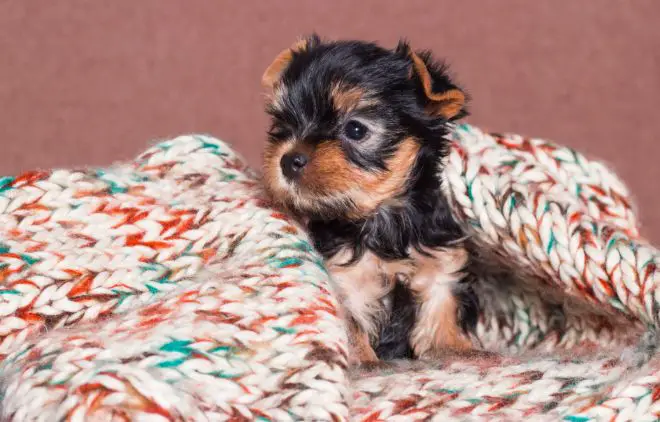
The Yorkshire Terrier originally came from Scotland and was a popular dog among weavers because they could help control the rodent population in the textile mills. When the weavers moved to England in the mid-1850s, they brought their tiny companions along with them, where the dog became an instant sensation. By 1861 the first Yorkshire Terriers appeared in dog shows.
21. To Dock, or Not to Dock?
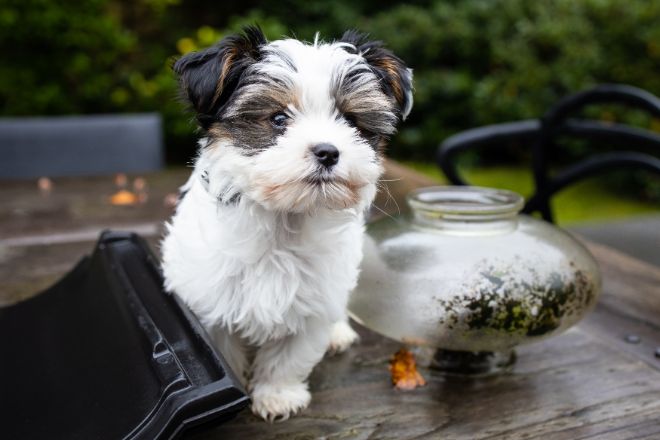
Docking the tail is common in some sporting breeds to make the dog more agile as it hunts and retrieves. Sometimes, the Yorkshire Terrier is seen with a docked or shortened tail. It is believed the tail docking is performed to prevent the long fur from dragging along the ground. Tail docking has been banned in several countries, so some Yorkies are left with their natural tail still intact.
22. Early Recognition

Although the Yorkshire Terrier is not the oldest breed of dog by far, it was one of the first breeds recognized by the American Kennel Club. The Yorkshire Terrier was formally accepted into the club in 1885 and was inducted simultaneously as the Beagle, Bull Terrier, and Basset Hound.
23. Genetic Conditions

While the Yorkshire Terrier is a healthy, long-lived breed, it is prone to several genetic diseases and conditions inherited from the mother and father dog. One condition that Yorkies are prone to develop is called distichiae. This condition causes the eyelashes to grow in unusual places around the eye and can lead to eye irritation and infection if not properly treated.
24. What’s In a Name?
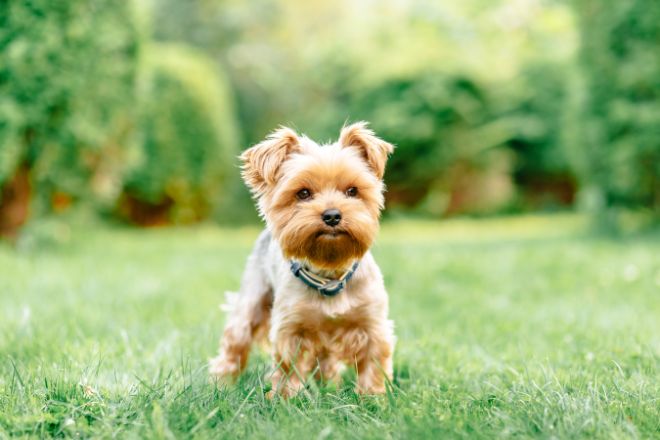
Organically bred in Scotland, this tiny pup was first known as a broken-haired Scotch terrier. Widely popularized and “perfected” in England, renowned reporter, Agnus Sutherland, suggested the breed change its name. Following incredible public support, the breed became known as the Yorkshire Terrier and was officially renamed in 1870.
25. Highly Intelligent
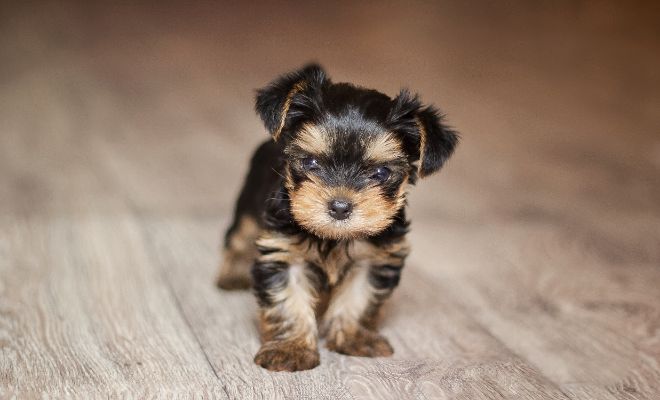
The Yorkshire Terrier is an extremely intelligent breed of dog that is easy to train. This dog is a working breed and loves to look to its human companion for instruction. The breed, despite its small size, does incredibly well with obedience and agility competitions.